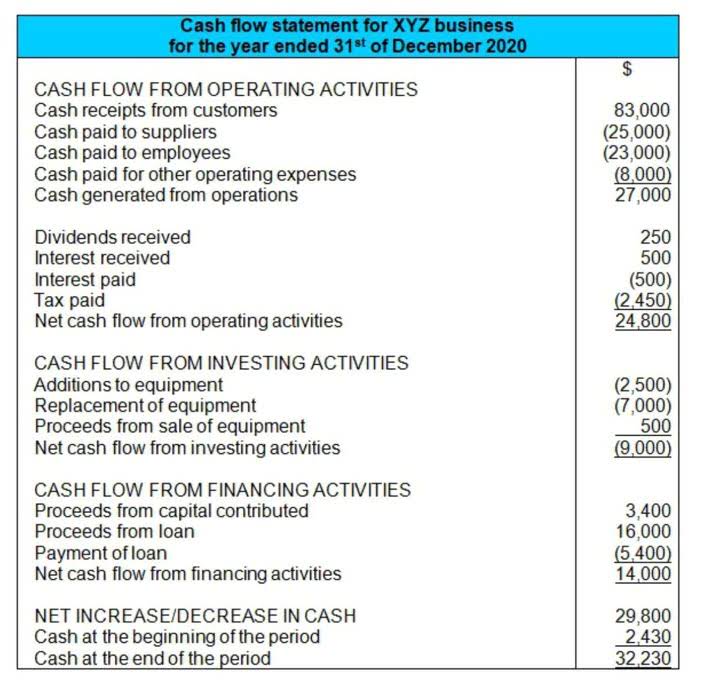GAAP vs IFRS: 6 Differences Between Accounting Standards 2024

Your general and administrative expenses are on your income statement. To calculate G&A expenses for a certain time period, all you have to do is add them up. And if you want to calculate your total SG&A, you simply include selling expenses in your calculation. Figure 2 shows R&D spending, sales, and R&D intensity from 2008 to 2019. According to BERD data, total sales for the industry as a whole have decreased by 15.6%, whereas spending on R&D has increased by 25.8%. R&D intensity has also accelerated during this period from 11.9% to 17.7%, with a mean of 13.4% for the full study period.
Fixed Assets

In the United States, generally accepted accounting principles, or GAAP, are used by businesses with public financial disclosures. However, many countries are adopting the use of International Financial Reporting Standards, or IFRS, as an established international accounting system. The treatment of developing intangible assets through research and development is also different between IFRS vs US GAAP standards. Costs in the development phase may be capitalized based on certain factors.
Inventory valuation methods

After adequate research, a new product enters the development phase, where a company creates the product or service using the concept laid out during the research phase. While U.S. companies use GAAP and do not directly use IFRS for their SEC filings, IFRS nevertheless impacts them. For example, in cases of global mergers and acquisitions, when they have non-US subsidiaries or non-US stakeholders like investors, customers or vendors. In several such instances, U.S. companies may be required to provide financial information in line with IFRS standards. Under US GAAP, fixed assets such as property, plant and equipment are valued using the cost model i.e., the historical value of the asset less any accumulated depreciation.
- It was thought that shady financial reporting practices by some publicly-traded entities caused (or partly caused) the financial calamities.
- Under the GAAP, either the LIFO or FIFO (First in First out) method can be used to estimate inventory.
- Plus, asset revaluation can reduce your debt-to-equity ratio, which can paint a healthier financial picture of your company.
- A reporting entity must assess whether the VIE model applies to its specific set of facts and circumstances.
- Several recent studies7,8 project that even modest decreases in drug prices could lead to reductions in R&D, which could result in fewer new drugs coming to market.
- The IFRS Accounting Standards are developed by the International Accounting Standards Board (IASB).
Financial statement analysis and valuation
These figures provide an excellent example of how the inclusion of non-GAAP earnings can affect the overall representation of a company’s success. The first column indicates GAAP earnings, the middle two note non-GAAP adjustments, and the final column shows the non-GAAP totals. With non-GAAP metrics applied, the gross r&d accounting profit, income, and income margin increase, while the expenses decrease. Without regulatory standards, companies would be free to present financial information in whichever format best suits their needs. With the ability to portray a company’s fiscal standing in a favorable light, investors could be easily misled.

Intangible Assets and Crash Risk: The Case of Low Intellectual Capital Firms in Indonesia
The pharmaceutical industry as a whole experienced a decline of 15.6% in sales but increased R&D intensity from 11.9% to 17.7% from 2008 to 2019. Here’s where generally accepted accounting principles (GAAP) and International Financial Reporting Standards (IFRS) come in. These two sets of guidelines—one American and one international—are what most companies follow when preparing financial statements. With these accounting standards in place, investors can be sure businesses are accurately reporting their finances. In turn, businesses are able to make informed decisions about where to invest their money. IFRS requires financial statements to include a balance sheet, income statement, changes in equity, cash flow statement, and footnotes.
- GAAP (US Generally Accepted Accounting Principles) is the accounting standard used in the US, while IFRS (International Financial Reporting Standards) is the accounting standard used in over 110 countries around the world.
- Our platform features short, highly produced videos of HBS faculty and guest business experts, interactive graphs and exercises, cold calls to keep you engaged, and opportunities to contribute to a vibrant online community.
- In contrast, IFRS considers each interim report as a standalone period, and while an MD&A is allowed, it is not required.
- The two main sets of accounting standards followed by businesses are GAAP and IFRS.
It should be noted that a private company can elect not to apply the VIE guidance, if certain conditions are met. No, all of our programs are 100 percent online, and available to participants regardless of their location. We expect to offer our courses in additional languages in the future but, at this time, HBS Online can only be provided in English. Our platform features short, highly produced videos of HBS faculty and guest business experts, interactive graphs and exercises, cold calls to keep you engaged, and opportunities to contribute to a vibrant online community. To summarize, here’s a detailed breakdown of how the two standards differ in their treatment of interest and dividends. Harvard Business School Online’s Business Insights Blog provides the career insights you need to achieve your goals and gain confidence in your business skills.
On the other hand, US GAAP generally requires immediate expensing of both research and development expenditures, although some exceptions exist. Reporting differences with respect to the process and amount by which we value an item on the financial statements also applies to inventory, fixed assets and intangible assets. Given the nature of the data used in the modeling, we were not able to assess statistical significance.
Ways to prevent financial reporting errors
GAAP stands for generally accepted accounting principles and is the standard adopted by the Securities and Exchange Commission (SEC) in the U.S. Except for foreign companies, all companies that are publicly traded must adhere to the GAAP system of accounting. The predecessor to the IFRS Foundation, the International Accounting Standards Committee, was formed in 1973.